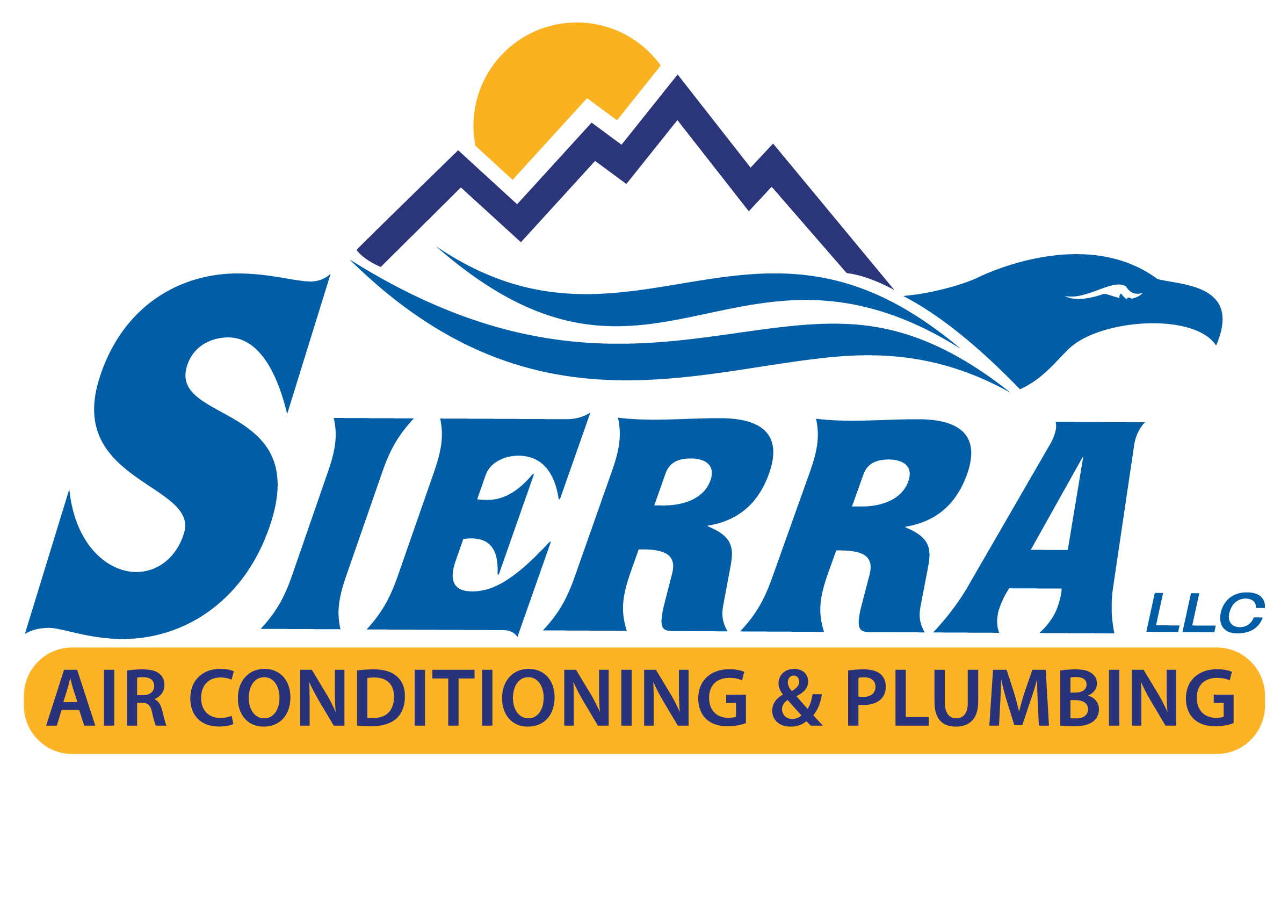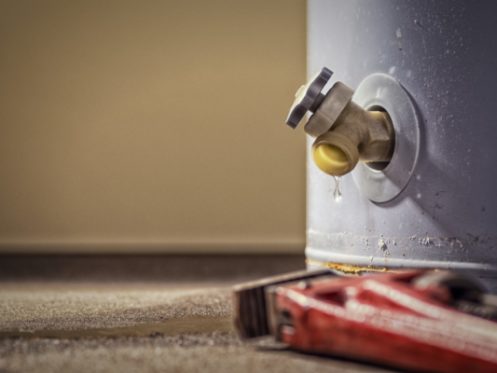Traditional water heaters are prone to leaking, and the chances of leaks increase as the unit ages. Most leaks are typically fairly minor issues that are easy to repair. However, if left unchecked, the issue could potentially turn catastrophic and result in all the water in the tank to come flooding out. If you see a leak, you should immediately take steps to determine where the water is leaking from so you know what needs to be repaired. With this in mind, let’s look at the possible reasons your water heater is leaking and how to fix them.
Identify the Source of the Leak
If you notice water leaking out of your heater or there is water pooled on the floor around it, the first thing you’ll want to do is try to pinpoint where the leak is. This is because some leaks are nothing to worry about, while others can potentially be fixed by simply tightening a pipe connection.
If you spot a small leak, you should start by sopping up any water and wiping down the tank. You can then regularly check to see if you can determine where the leak is. If you don’t see any more water, then the leak likely resulted from the pressure relief valve.
Pressure Relief Valve
Somewhere near the top of your water heater is the temperature-and-pressure relief, or T&P, valve. This valve is an important safety feature found on all traditional gas and electric water heaters. As the temperature inside the tank rises, it also increases the pressure. If the pressure were to get too high, there is a chance the tank could explode. This is one reason why it is generally never recommended to set your water heater higher than 140 degrees. Most units can go up to 160 degrees, but this increases the risk of scalding and high-pressure issues.
The T&P valve ensures that the pressure never gets too high. If either the temperature or pressure rises above safe levels, the valve will open and vent some water out to release the pressure. When this happens, you may see water on the side of the tank or the floor. If you don’t see any more leaks after sopping up the water, most likely it means that the valve activated. This is typically nothing to worry about. However, if the valve frequently activates or continues to drip, then you definitely need to call a plumber.
Over time, the T&P valve can also wear out and no longer seal properly. In this case, it will start to leak a small amount of water almost continuously. The only way to fix this is to have a plumber replace the valve.
Hot and Cold Water Connections
Water heaters can also sometimes leak from either the hot or cold water connections that extend out from the top of the unit. This is usually quite simple to spot by looking and feeling around the connections. Most water heaters use copper pipes for both the hot and cold water lines. However, some homes use a flex tube to connect the cold water supply to the unit. In this case, fixing the leak could be as simple as tightening the connection with a pipe wrench.
Even when the water heater uses copper lines, these will still connect to threaded pipe fittings on top of the unit. If the leak is at this fitting, the solution may again be just to tighten the fitting. While this is something you may be able to do on your own, it is not recommended. If you’re not careful, you could easily damage the soft copper pipes that connect to the fitting and make the leak far worse.
Leaks can also occur above the fitting where the copper pipes are soldered together. In this case, you will need to have a plumber either re-solder the connection or replace part of the pipe.
Drain Valve
Near the bottom of the tank is the drain valve that is used whenever the tank needs to be flushed or drained, and this can also a leak for different reasons. The valve is usually located on a length of copper pipe that extends out from the heater. At the end is a threaded connection where you can attach a hose to drain water outside or into a floor drain.
This valve will leak if it is even slightly open, which can sometimes happen simply because you accidentally bumped it. When closed, the handle on the valve should be at a 90-degree angle perpendicular to the copper pipe. If the handle isn’t quite perpendicular, try moving it to see if the leak stops.
If the valve continues to leak, this indicates that it is worn out and not sealing properly. As with the T&P valve, this is something that a plumber can replace. However, it will first require the water heater to be turned off and fully drained.
Loose or Worn Gaskets
If you have an electric water heater that is leaking, the issue might be caused by a loose or worn-out gasket. These gaskets work to seal the heating elements to prevent water from getting in and damaging the electrical components. If the gaskets are worn out, they will often cause water to leak out of the bottom of the tank. Luckily, this is another issue that a plumber can fix by draining the tank and replacing any gaskets that don’t seal properly.
Water Leaking Out of the Tank
This is the most serious of all water heater leaks and will likely mean that you need to have the entire unit replaced. Over time, rust can form inside of the tank and begin to corrode the metal. This can eventually cause a small hole to form and water to start leaking out.
This problem is usually worse if you don’t have your water heater flushed every year or so. Your water contains calcium, magnesium and other dissolved particles. As the unit heats up the water, many of these particles solidify and settle at the bottom of the tank. If you don’t ever have your tank flushed, that sediment will continue to build up and create various issues with the water heater.
Sediment is the primary reason that many older water heaters make loud knocking sounds whenever they heat. This results from hot air bubbling up through the sediment, disturbing the particles and causing them to knock against the sides of the tank.
The bigger issue with the sediment is that it can create hot spots at the bottom of the tank. This problem typically occurs in gas water heaters and can quickly cause the tank to rust and start to leak. The issue is that the hot spots help speed up the rate of corrosion and weaken the tank. The only way to prevent this problem is to have your water heater flushed regularly as this will wash out all the sediment inside the tank.
Las Vegas’ Water Heater Experts
If your water heater is leaking, the professional plumbers at Sierra Air Conditioning & Plumbing can help determine the source of the leak and the best way to repair it. We repair and maintain all makes and models of traditional and tankless water heaters, and we are here 24/7 for any water heater emergencies. If the tank is leaking or the problem can’t be fixed, we can also replace your water heater with a new, more energy-efficient unit. We also work on septic tanks, sump pumps, garbage disposals, water-filtration systems and water softeners. To schedule a time to have your water heater inspected, give us a call today.








